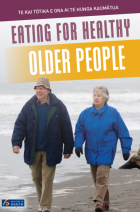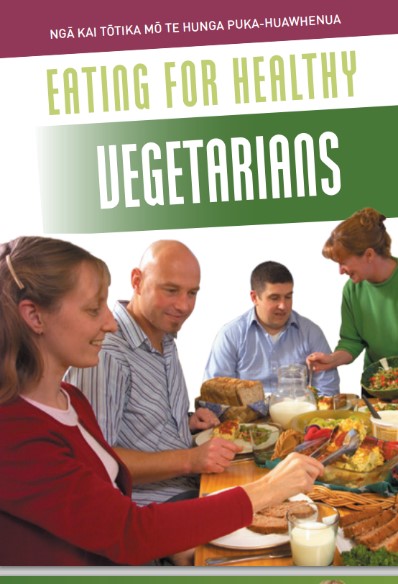Recommended dietary intake (RDI)
This in the average daily dietary intake level that will be enough to meet the nutrient requirements of nearly all healthy people (97–98%) in each life stage and gender group. You may see the term RDI used on packaged food labels. Read more about using food labels.
Estimated average requirement (EAR)
This is the daily nutrient level estimated to meet the requirements of half the healthy people in each life stage and gender group.
Adequate intake (AI)
Sometimes there isn’t enough information to work out the recommended dietary intake (RDI). The alternative is the adequate intake (AI), which is an estimated intake of a nutrient that's assumed to be enough for healthy people.
Estimated energy requirement (EER)
This is the average dietary energy intake that's predicted to maintain good health and energy balance in a healthy adult of a particular age, gender, weight, height and level of physical activity. EER is measured in kilojoules or calories.
Upper level of intake (UL)
We only need nutrients in certain amounts. The upper level of intake is the highest average daily nutrient intake level that poses no risk or harm to the health of almost everyone in the population. As intake increases above the UL, the risk of there being an adverse effect increases.
There's no established benefit for healthy people to eat a nutrient in amounts greater than the RDI or AI. Where there's no UL available, this means there's not enough evidence for an upper limit to be set. It doesn't mean that eating a high level of that nutrient is safe.










